Lesson Plans
The lesson plans below were written by experienced Texas educators. We are currently in the midst of updating and revising our lessons, so please check back frequently for improved lessons! If you have time to dive deeply into one topic, see TBH's Unit Plans for five-day lessons. Looking for lessons on a particular historical period? Use the Teachers' Guide to orient you to lessons, online exhibits, and kids' activities relating to your topic.
If you wish, use the dropdown menu to filter by subject and grade. While many of our lessons were developed for 4th and 7th grade Texas History classes, most of our lessons may be easily adapted for other grade levels!
signifies a lesson correlated to an exhibit on Texas Beyond History.
Filter By:
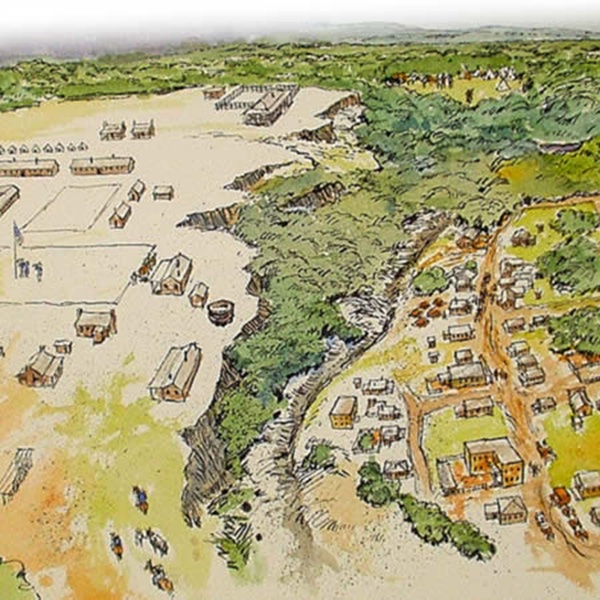
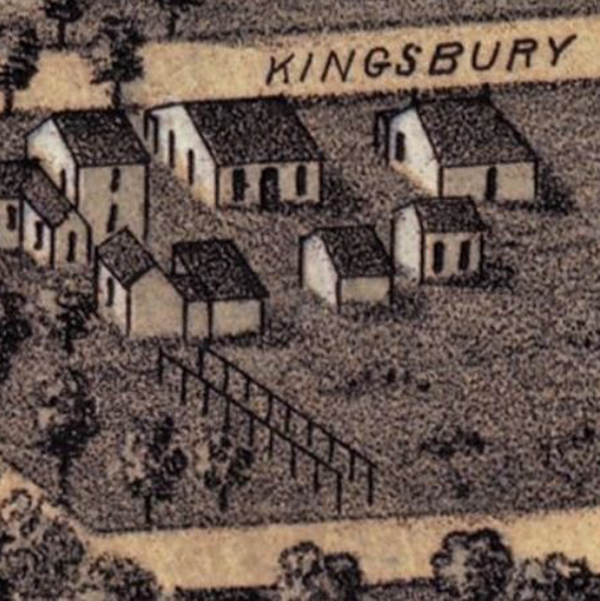
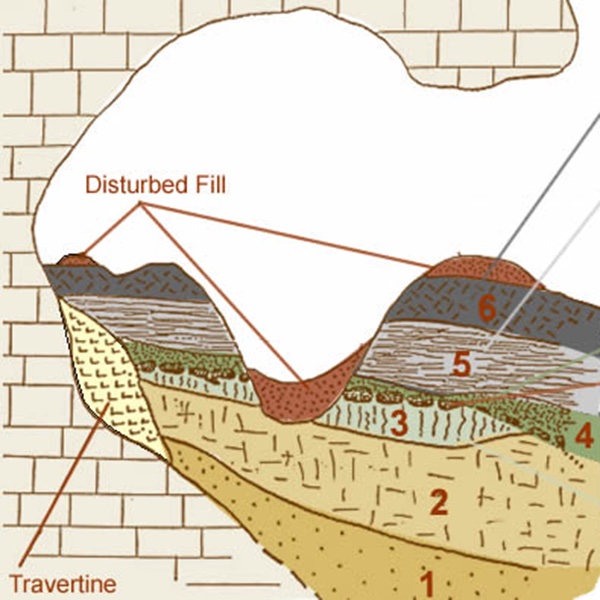
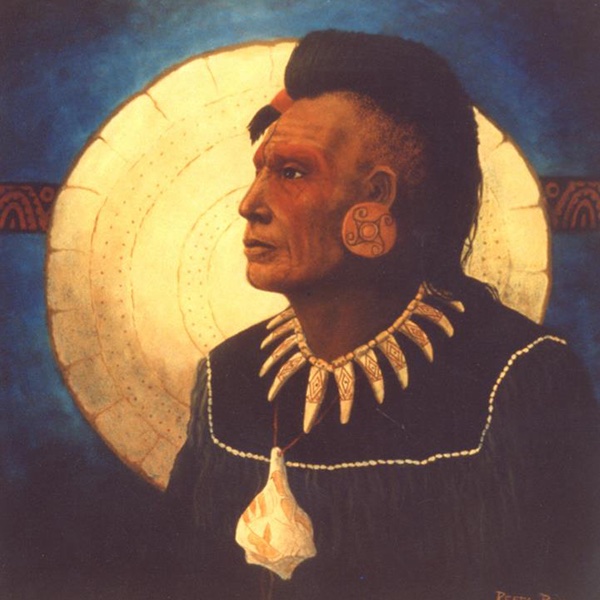
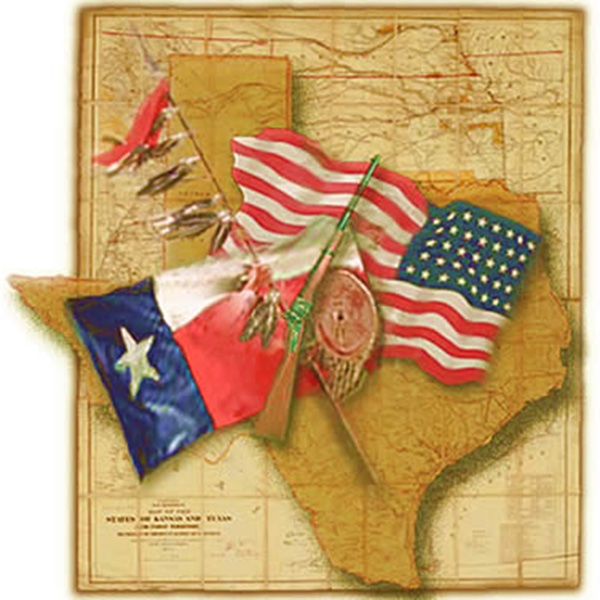
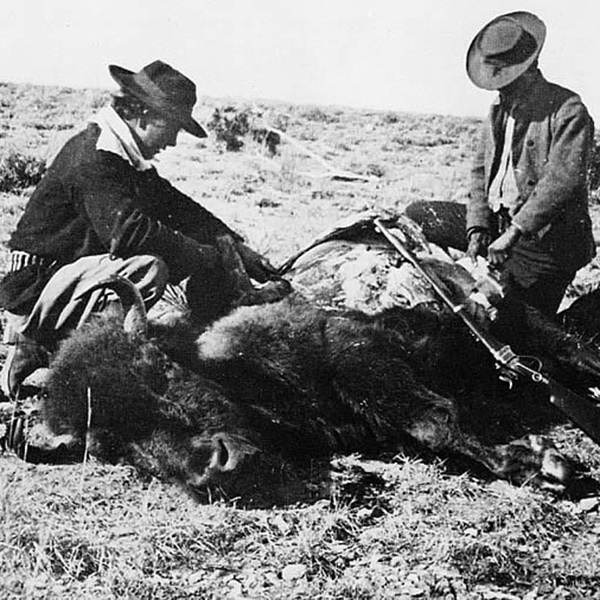
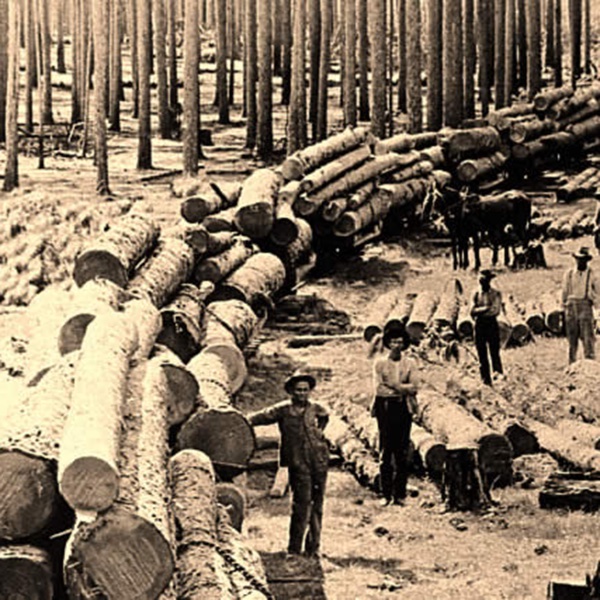
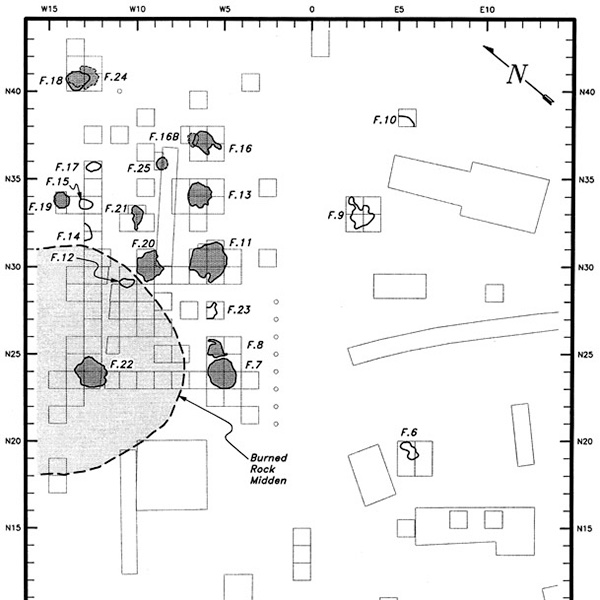
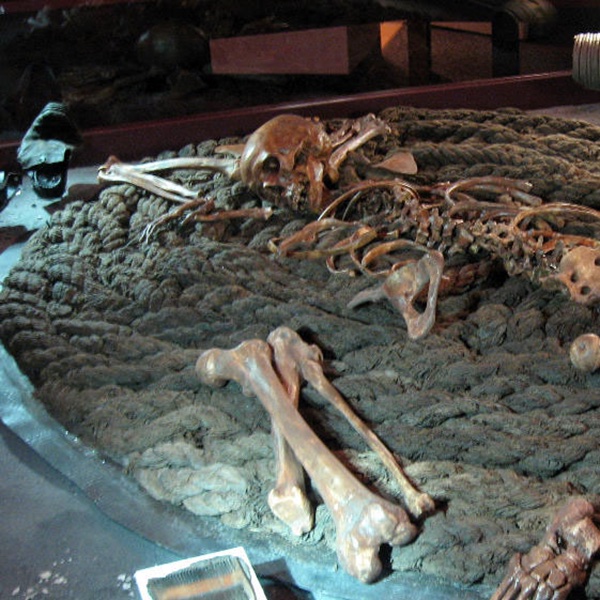
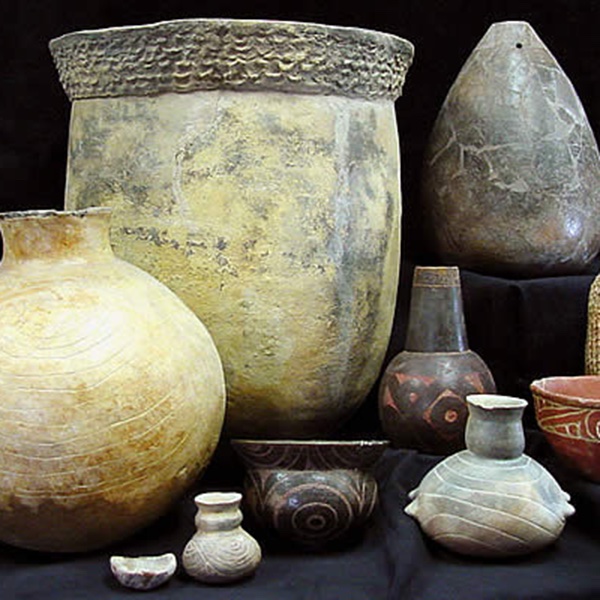
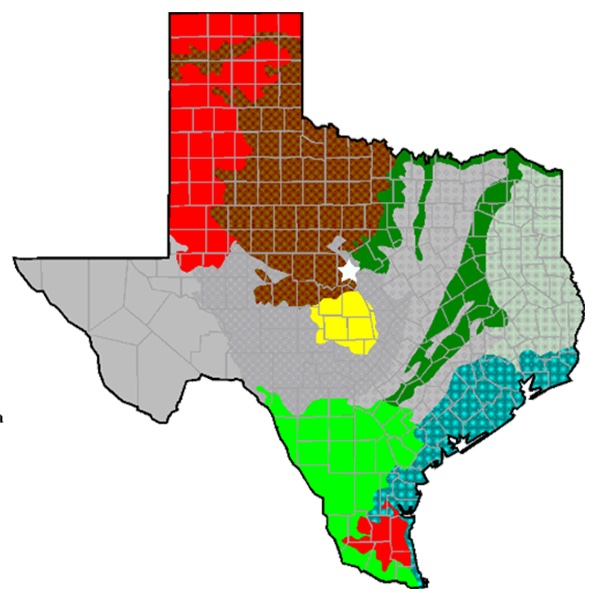
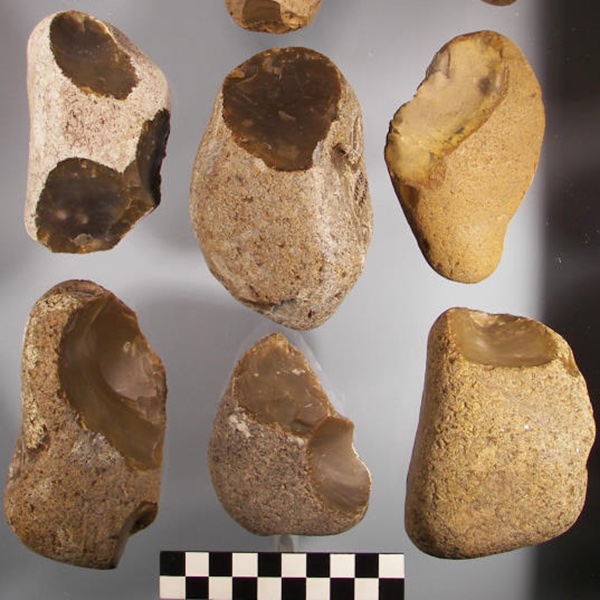
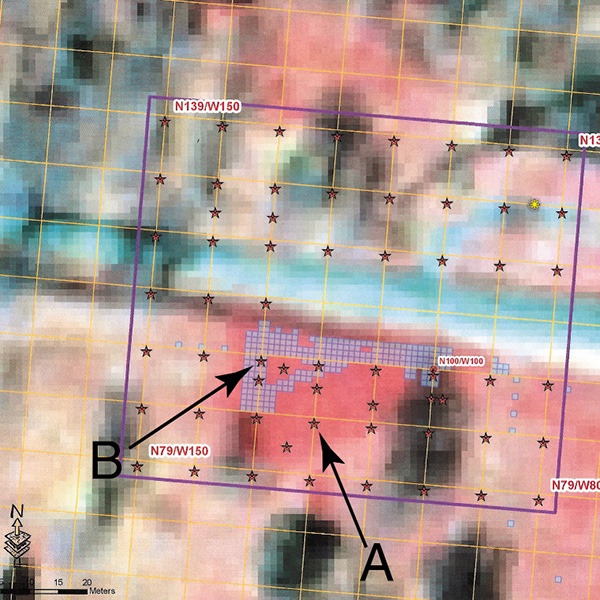
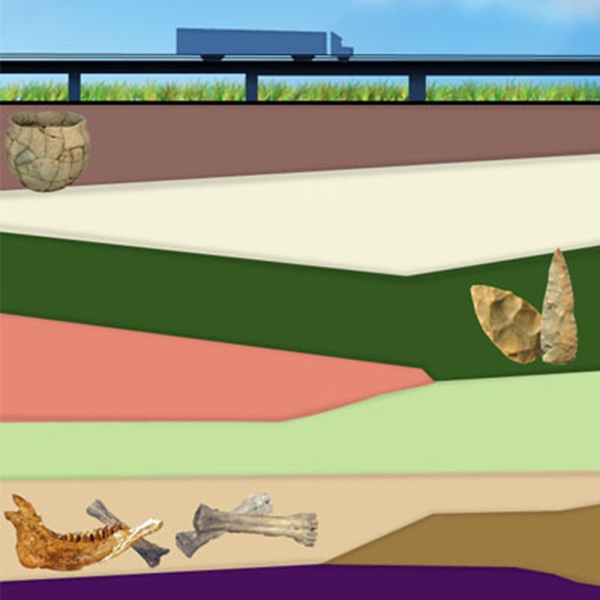
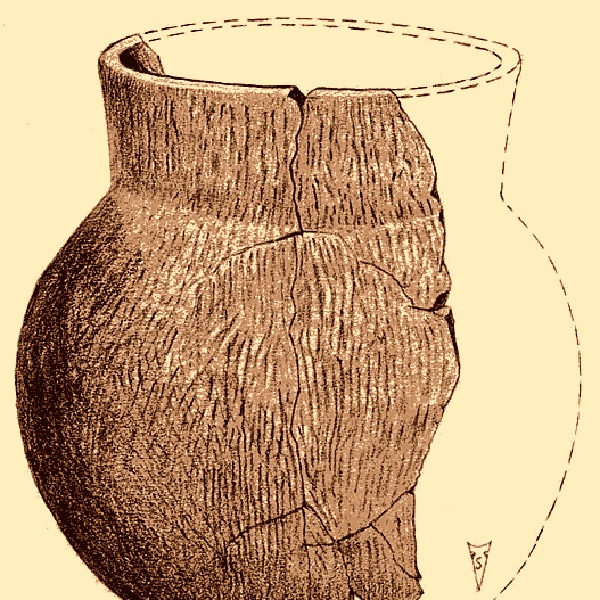
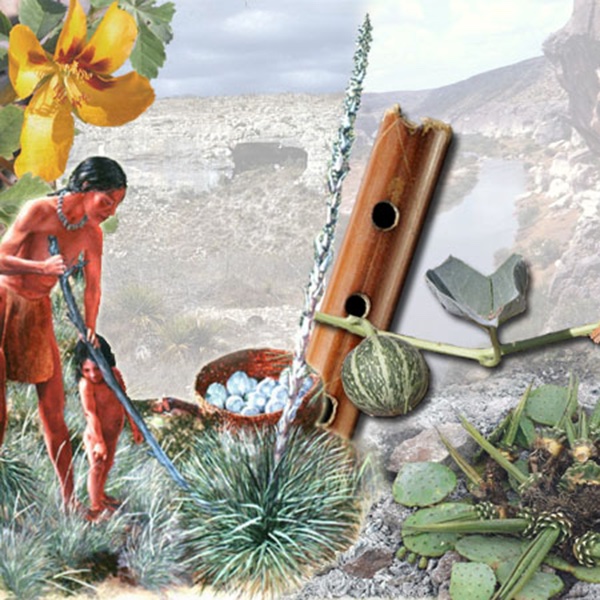
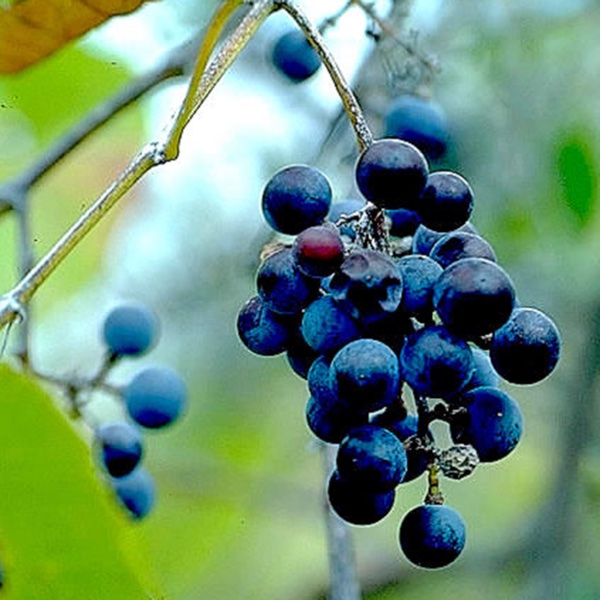
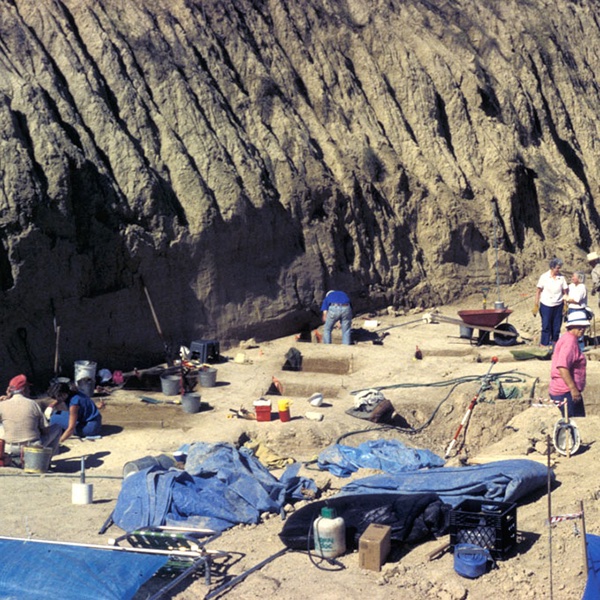
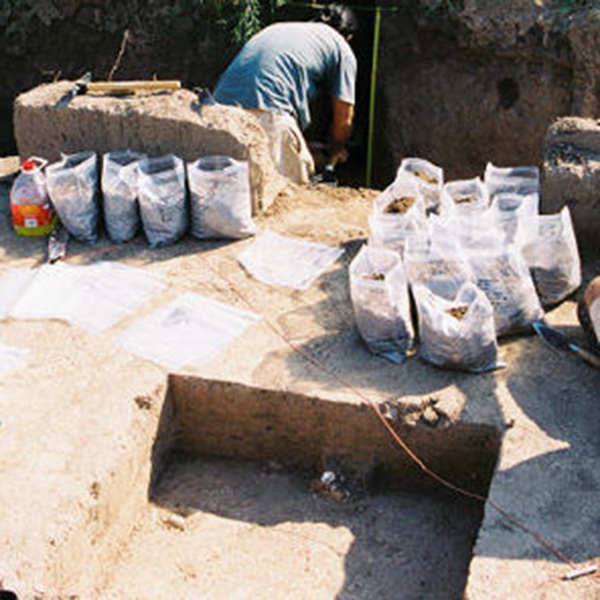
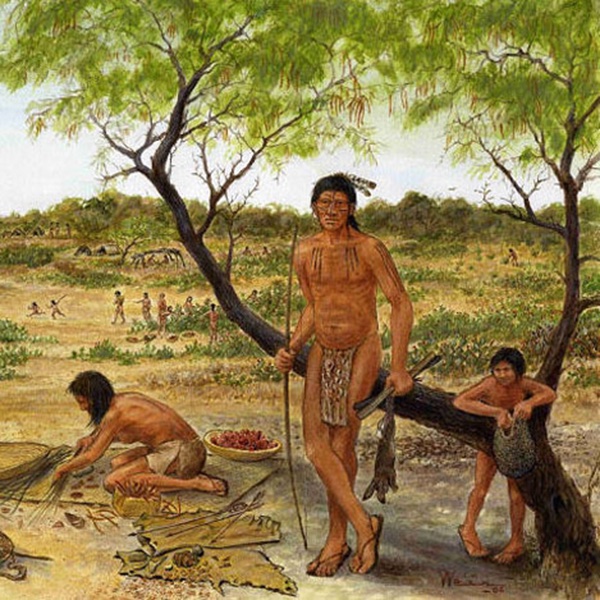
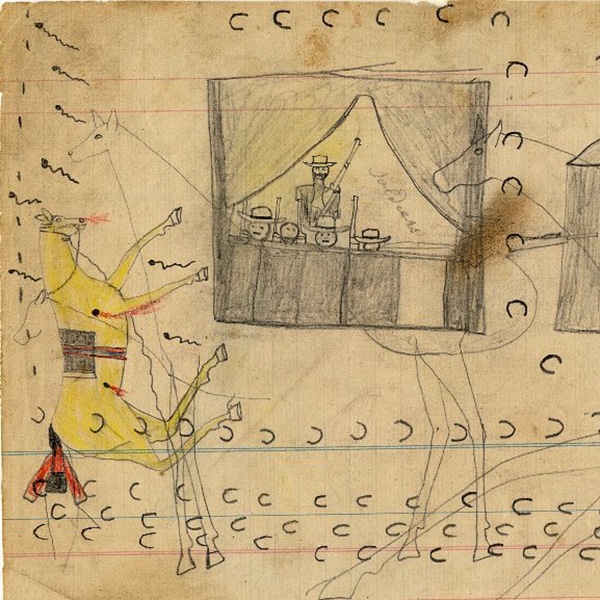
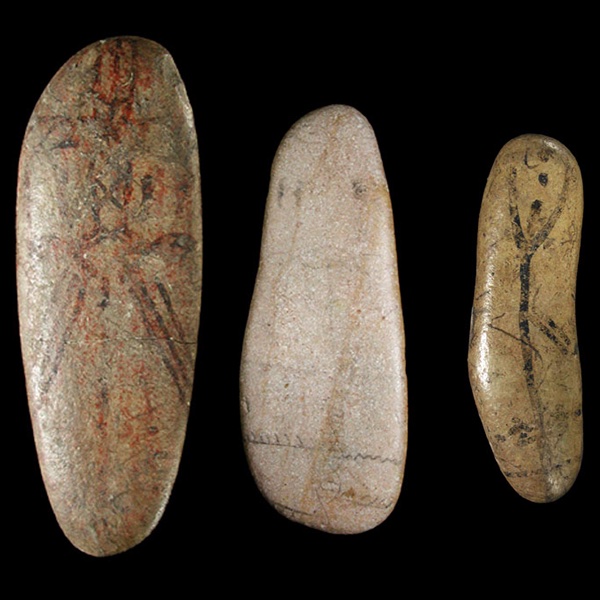
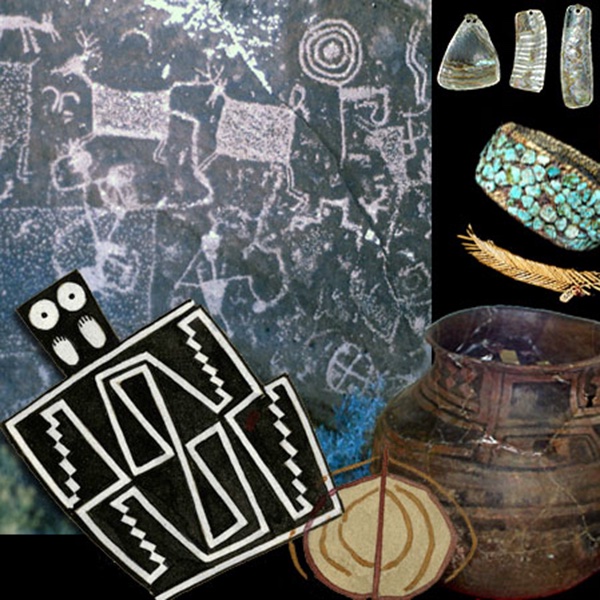
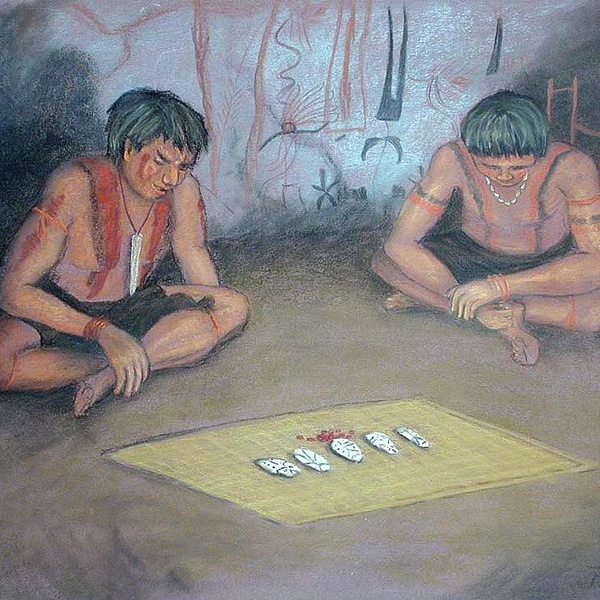
Social Studies
A Day in the Life
Aldridge Sawmill - The Story in Numbers
Archeology of the Future
Bottles, Pins, and Horseshoes: Analyzing Artifacts From the Ransom Williams Farmstead Using Bloom’s Taxonomy
Cabeza de Vaca Meets the Coahuiltecans
Comparing Two Cultures: Hinds Cave and Yours
Death on Board La Belle: Finding Clues from Old Bones!
Digging Deeper: Mission San Sabá
Drawing Our Lives: Plains Indian Ledger Art Revisited
Ecoregions of Texas
El Paso and the Oldest Mission in Texas
After Slavery: Exercising the Rights of Citizenship in 19th-century Texas
Fort St. Louis: Grading a Settlement and an Explorer
The French in Texas
Graham-Applegate: Making Inferences about a Llano River Rancheria
Immigration to Texas in the 18th Century: Canary Islanders
Inventions Over Time
Kincaid Creatures
Nacogdoches Timeline
A New Life in Freedom: A Late 19th-century African American Farmstead
Life in Texas Freedom Colonies
Living on a Cotton Farm: Mexican-American Life in Texas
Location, Location, Location: Using a Grid to Determine Context
Making a Caddo Circle Book
Mapping and Excavating a Jello Mold
Moving West with the Forts: Using an Interactive Map
Pieces of the Past
Piecing Together History: A Turn of the Century African-American Farmstead
Plants in Texas: Then and Now
Porch Talk: A Conversation About Archaeology in the Texas Panhandle
Prehistoric Life in the Oak Woodlands
Rise of the African American Press in Travis County
Timeline for the Western Texas Frontier
Two Ways of Life
Vocabulary Charts
What's Cookin' at Honey Creek?
Who is Buried Where - and Why? Finding Cultural Universals with Ancient Egyptians and Texas Caddo Indians
Whose Buffalo?
Whose Business?
Writing Contemporary Protest Music